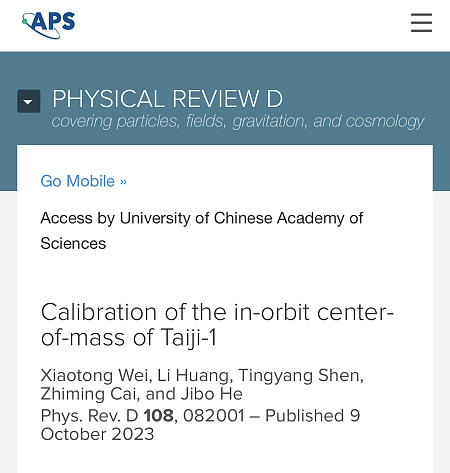Abstract
Extreme-mass-ratio inspirals (EMRIs) are important gravitational-wave (GW) sources for future space-based detectors. The standard model consists of one stellar-mass black hole spiraling into a supermassive one, and such a process emits low-frequency (~10−3 Hz) GWs, which contain rich information about the space–time geometry around the central massive body. Here we show that the small bodies in EMRIs, in fact, could be binary black holes, which are captured by the massive black holes during earlier close encounters. About 30% of the captured binaries coalesce due to the perturbation by the massive bodies, resulting in a merger rate of 0.03 Gpc3 yr−1 in the most optimistic scenario. The coalescence generates also high-frequency (~102 Hz) GWs detectable by ground-based observatories, making these binary-EMRIs ideal targets for future multi-band GW observations.
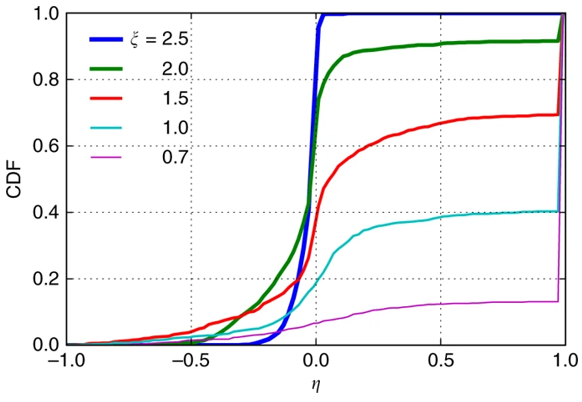 | 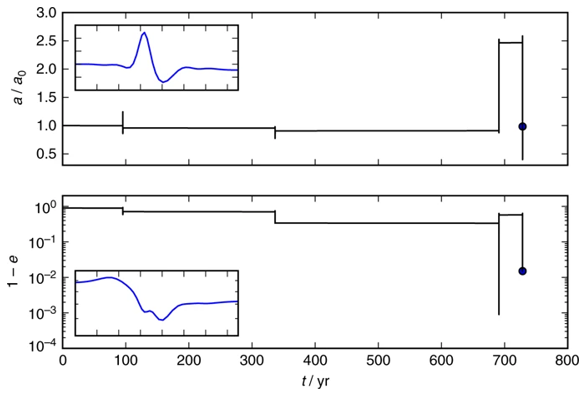 | 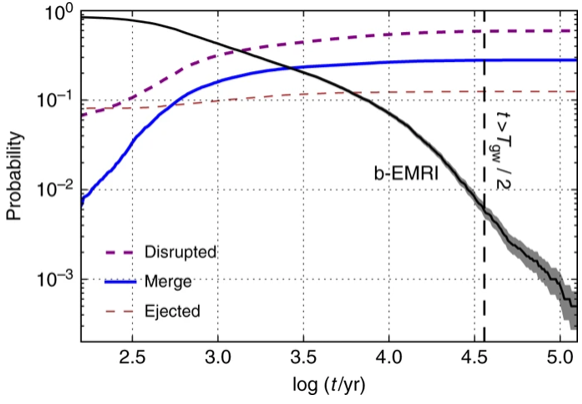 | 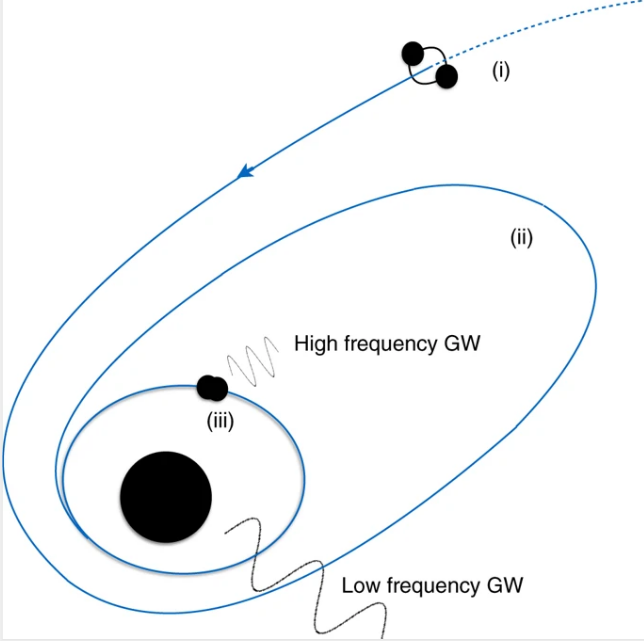 |
DOI: 10.1038/s42005-018-0053-0
https://sci-hub.tw/10.1038/s42005-018-0053-0




